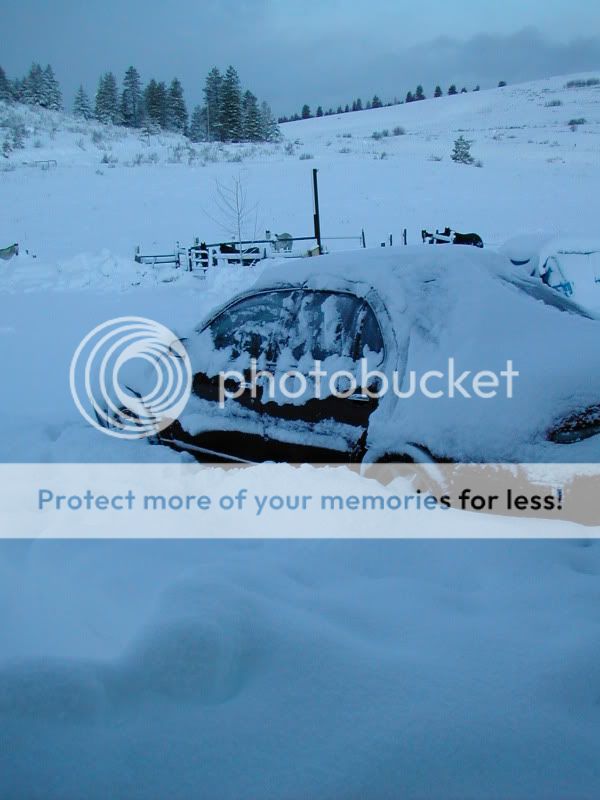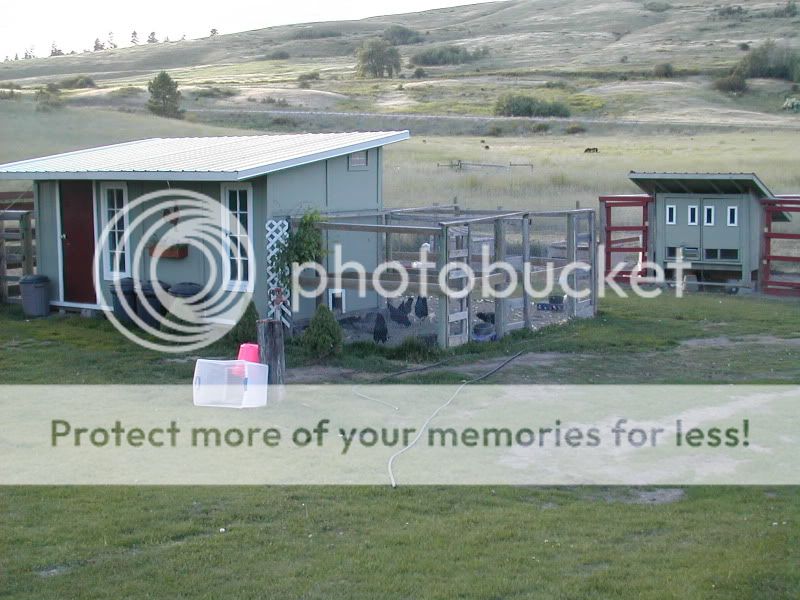Here's a vote over here for RC Rhode Island Reds.

I'm sorry but McGraws are overrated, and all the more for people to turn away from Araucanas. I've known, bred, and owned plenty fat Araucanas, and they are the best. Intelligent, excellent free rangers, come in many colors, most unrecognized, have a LOT of meat for that little body, and of course, lay awesome blue eggs. Plus they're tufted.

ETA - the best tasting of all the breeds I've tried too.

I'm sorry but McGraws are overrated, and all the more for people to turn away from Araucanas. I've known, bred, and owned plenty fat Araucanas, and they are the best. Intelligent, excellent free rangers, come in many colors, most unrecognized, have a LOT of meat for that little body, and of course, lay awesome blue eggs. Plus they're tufted.

ETA - the best tasting of all the breeds I've tried too.
Last edited:















